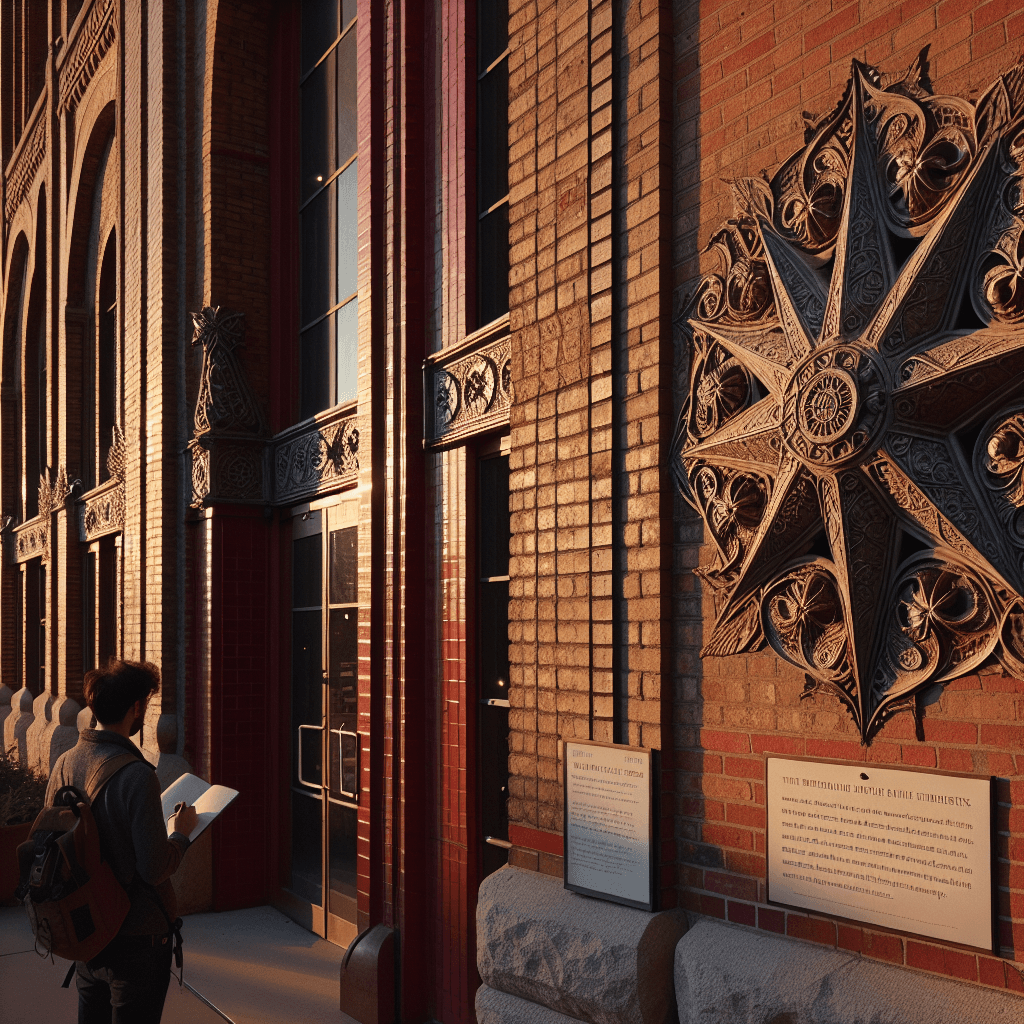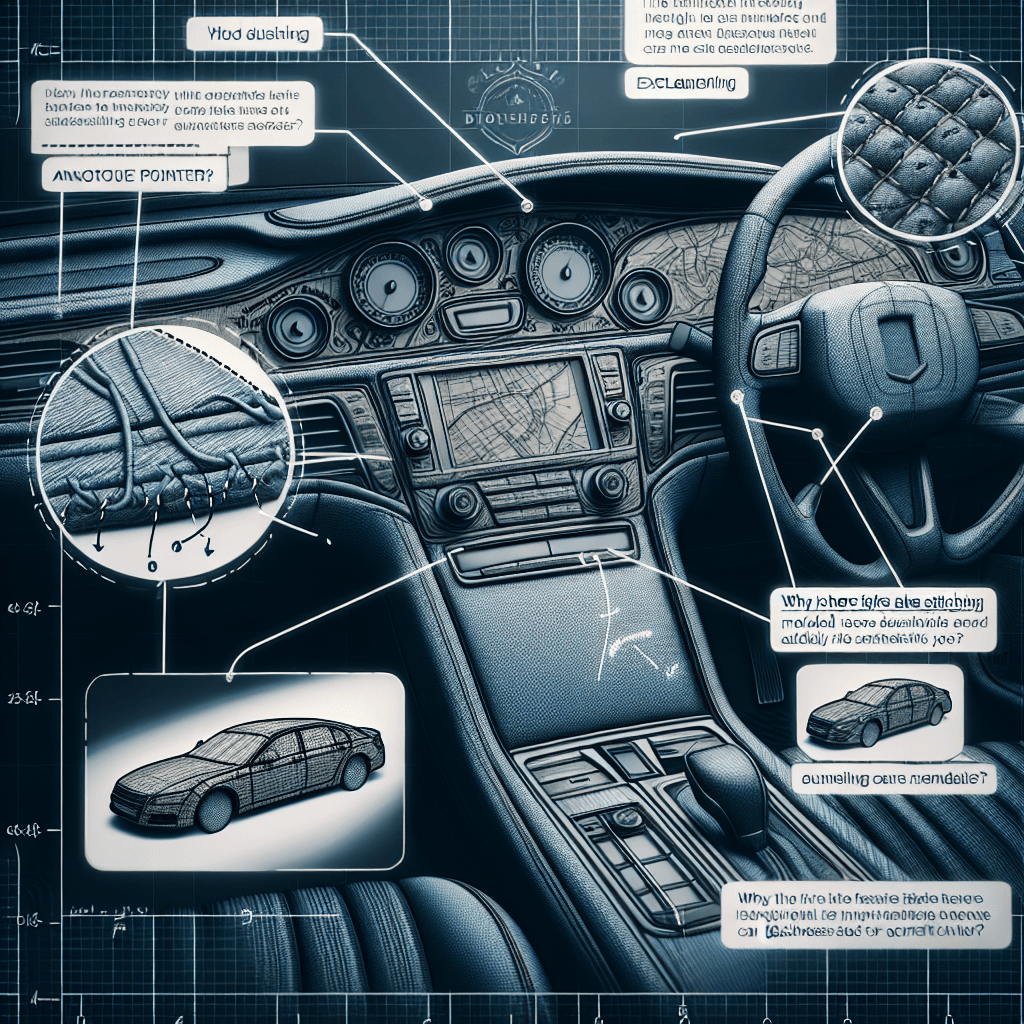Why do so many old brick buildings have decorative metal stars bolted to their walls
Those charming metal stars aren't just for decoration; they're the visible sign of a clever engineering trick that’s actively keeping the building from falling apart.


Too Long; Didn't Read
TLDR: Those metal stars are not just decorative; they are anchor plates for structural tie-rods. These long metal rods run through the building to brace the brick walls and prevent them from bowing outwards or collapsing.
Solving the Mystery: Why Do So Many Old Brick Buildings Have Decorative Metal Stars Bolted to Their Walls?
Have you ever walked through the historic district of a city, admiring the craftsmanship of old brick buildings, and noticed those ornate, star-shaped metal plates bolted to the exterior walls? They often seem randomly placed, adding a touch of rustic charm. Many people assume they are purely decorative, a stylistic flourish from a bygone era. However, these metal stars serve a critical, and fascinating, structural purpose. This blog post will delve into the world of these architectural features, revealing why they are much more than just charming embellishments and are, in fact, essential to holding these historic structures together.
Not Just Stars: Introducing the Anchor Plate
While the star is a common and memorable design, these devices come in many shapes, including rosettes, S-shapes, and simple squares. The proper architectural term for them is an anchor plate, also known as a pattress plate or tie-rod anchor. The visible plate is simply the end cap of a crucial structural reinforcement system. Its primary job is not decoration but stabilization. The plate itself is the external component of a system designed to solve a common and dangerous problem in old masonry buildings.
The Hidden Hero: A Solution to Structural Stress
Brick buildings, especially those constructed in the 18th and 19th centuries, face a constant battle with gravity and time. Over decades, several factors can cause the exterior brick walls to begin bowing or bulging outwards:
- Foundation Settling: The ground beneath the building can shift, causing uneven stress.
- Roof Pressure: The weight and thrust of the roof can push outwards on the tops of the walls.
- Floor Joist Sagging: The wooden floor joists that span the width of the building can sag over time, pushing the parallel walls apart.
- Aging Mortar: The mortar holding the bricks together can weaken and degrade.
This outward bowing is a serious structural failure. If left unaddressed, it can lead to the partial or total collapse of a wall. This is where the anchor plate system comes in as an ingenious, and often retrofitted, solution.
How an Anchor Plate System Works
The star you see on the outside is the anchor for a long metal rod that acts like a brace. The system is installed to literally tie the building together. Here’s how it works:
- Insertion of a Tie Rod: A long iron or steel rod, called a tie rod, is inserted through the building, typically running parallel to the floor joists. This rod connects one bowing exterior wall to the opposite, more stable wall.
- Attachment of the Plate: On the outside of the bulging wall, the anchor plate (the star) is fitted over the end of the tie rod.
- Tightening for Tension: A large nut is threaded onto the end of the rod and tightened against the plate. This creates tension, pulling the bulging wall back towards the center of the building and preventing it from bowing out any further.
The anchor plate’s job is to distribute this immense tension over a wide surface area of the brickwork. Without the plate, the tensioned rod would simply pull itself through the softer bricks and mortar, causing more damage. Think of it as a very large, heavy-duty washer.
From Function to Fashion: The Decorative Element
So, why stars? While a simple, unadorned square of metal would function just as well, builders and blacksmiths of the Victorian and post-Civil War eras often took pride in adding aesthetic touches to functional hardware. The star was a popular and patriotic motif in the United States, but foundries offered a variety of designs to match a building’s style. Seeing these plates on a building is a clear sign that it has undergone structural reinforcement at some point in its long history, turning a necessary repair into an architectural feature.
A Legacy in Iron
The next time you stroll past a historic brick building and spot a metal star on its wall, you’ll see it for what it truly is: not just a piece of history, but a hardworking piece of engineering that is actively preserving it. These anchor plates are a testament to the practical ingenuity of past builders, who found a way to clamp their buildings together and ensure they would stand for generations to come. They are the silent, steadfast guardians of our architectural heritage, hiding their crucial function behind a charming, stellar facade.


